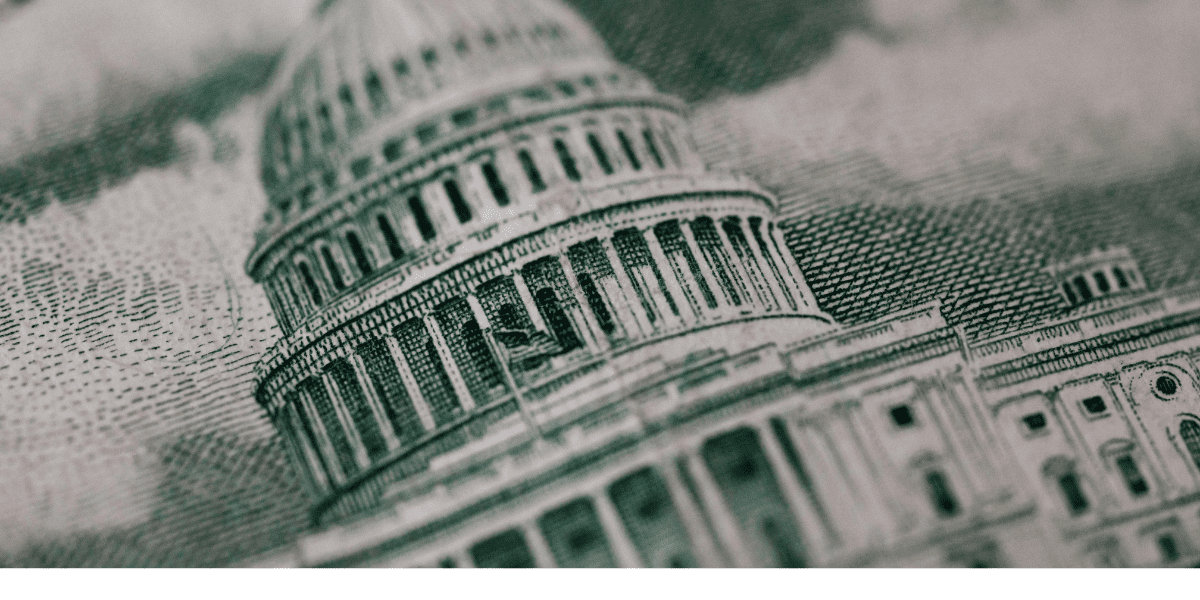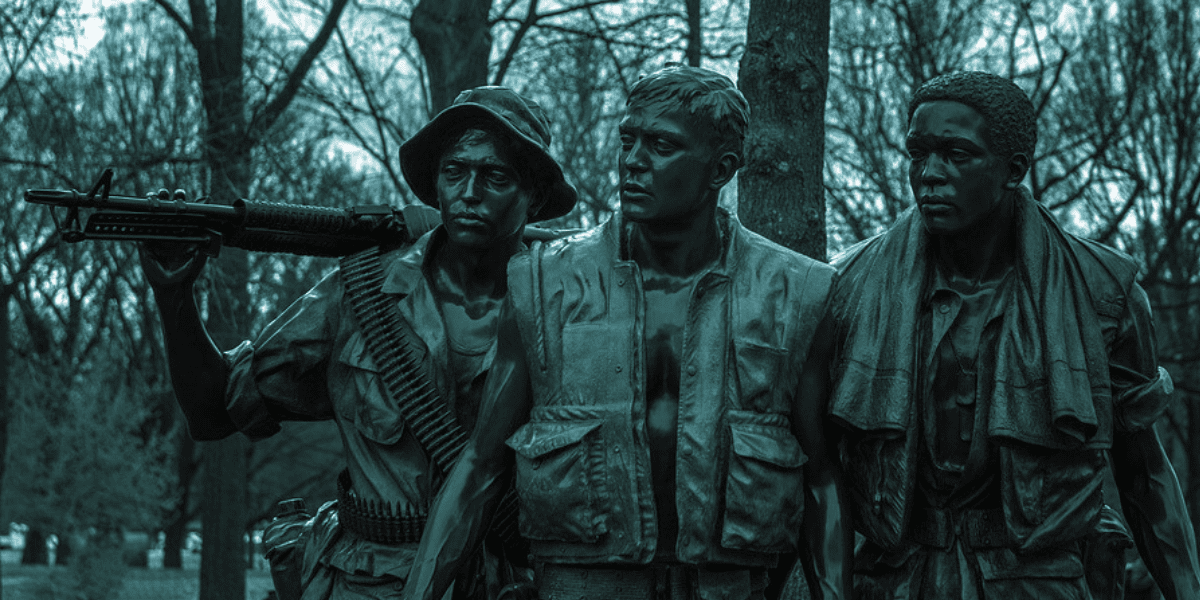As the COVID 19 pandemic drags on, we all have had to adjust to doing routine tasks online rather than in person. When it comes to legal documents, one of those tasks is getting a signature notarized.
In March when New York State essentially shut down, Governor Cuomo issued a series of executive orders including EO 202.7 which permitted the use of “audio-video technology” for notarization subject to specialized rules.
Although originally set to expire after only a month, the executive order has been extended numerous times and now continues in effect through October 4, 2020, pursuant to EO 202.60.
To obtain notarization of a document remotely, the rules are:
- “The person seeking the Notary’s services, if not personally known to the Notary, must present valid photo ID to the Notary during the video conference, not merely transmit it prior to or after;
- The video conference must allow for direct interaction between the person and the Notary (e.g., no pre-recorded videos of the person signing);
- The person must affirmatively represent that he or she is physically situated in the State of New York;
- The person must transmit by fax or electronic means a legible copy of the signed document directly to the Notary on the same date it was signed;
- The Notary may notarize the transmitted copy of the document and transmit the same back to the person; and
- The Notary may repeat the notarization of the original signed document as of the date of execution provided the Notary receives such original signed document together with the electronically notarized copy within thirty days after the date of execution.”
One of the overlooked requirements is that the person who is signing the document to be notarized “must affirmatively represent that he or she is physically situated in the State of New York.” While the Internet is available worldwide, if the person signing is not physically present in New York State at the time of signing, then the notary cannot notarize the signature remotely.
In addition, the standard notary language cannot be used, such as “Sworn to before me this __ day of ____” or the longer acknowledgement (for in-state use):
On the ________ day of ________ in the year ________ before me, the undersigned, personally appeared ____________ personally known to me or proved to me on the basis of satisfactory evidence to be the individual whose name is subscribed to the within instrument and acknowledged to me that he executed the same in his capacity, and that by his signature on the instrument, the individual, or the person upon behalf of whom the individual acted, executed the instrument.
Instead the acknowledgment must refer to the executive order and include the County where the person signing was present while also showing the County where the notary was located. A sample acknowledgment is:
STATE OF NEW YORK )
: ss.:
COUNTY OF __________ )
On this day of , 2020, before me via interactive videoconference pursuant to New York State Executive Order No. 202.7 as updated, came ___________________________, personally known to me, or proved to me (on the basis of valid photo ID presented to me during the videoconference) to be the individual whose name is subscribed to the within instrument, and (i) acknowledged to me that (x) he/she executed the same in his/her capacity, and (y) that by his/her signature on the instrument, the individual, or the person on behalf of which the individual acted, executed the instrument, (ii) affirmatively represented that he/she was physically situated in the State of New York and the County of ____________ at the time of the videoconference, and (iii) transmitted directly to me by fax or electronic means, on the same date that the instrument was signed, a legible copy of the signed instrument.
Notary Public
We can expect further extensions of the executive order permitting remote notarization of signatures until the State returns to some semblance of normality and people are willing to meet in person again.
Durable Power of Attorney Legislation
The legislative changes to the Statutory Short Form Power of Attorney, including removal of the Statutory Gift Rider and witness requirements, have passed both the Senate and Assembly and await the Governor’s signature to take effect.
There are several changes to the General Obligation Law that will affect the signing and use of powers of attorney, including the ability of a third-party to sign and initial the power of attorney on behalf of the principal. These will be addressed in a future post once the changes become law.
The new form and other changes will become effective one hundred eighty days after they become law Note, however, that the bills also provide that “any statutory short form power of attorney and statutory gifts rider executed by a principal and valid at the time executed by such principal shall remain valid, as will any revocation of a prior power of attorney that was delivered to an agent prior to the effective date of this act.”
Now it’s Governor Cuomo’s turn.






